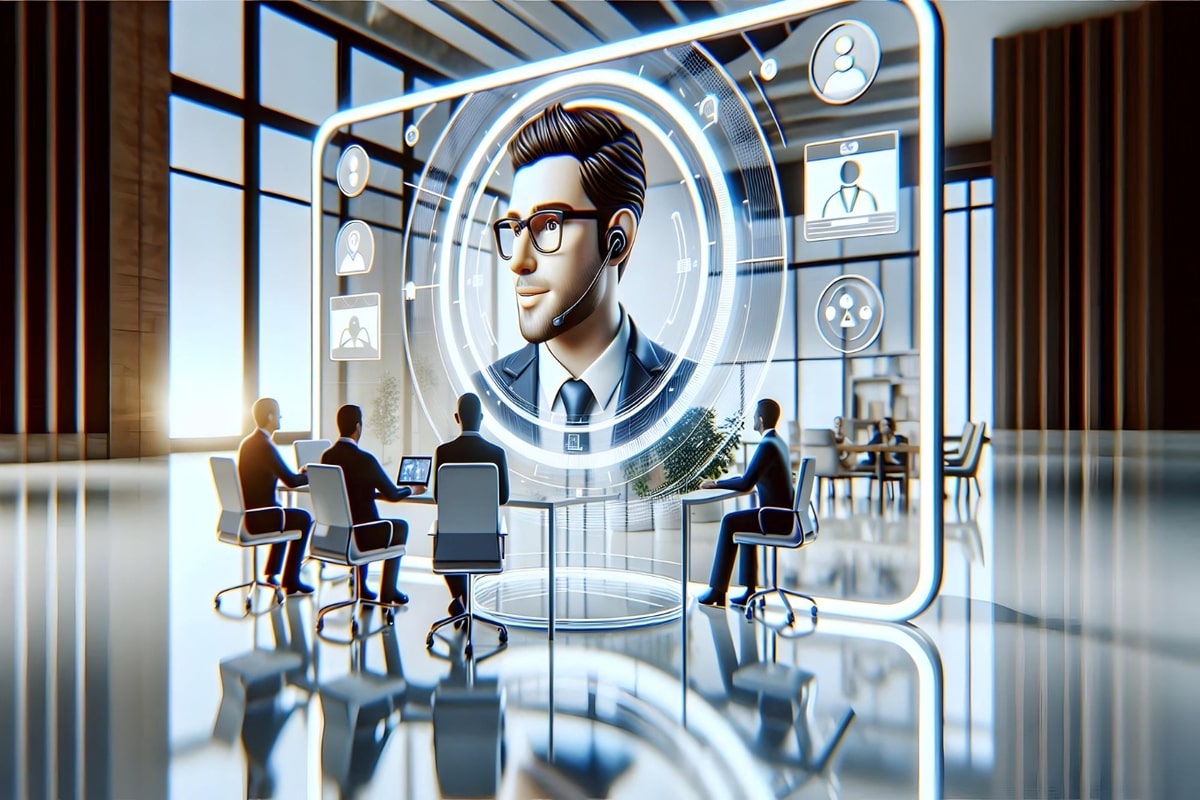In the rapidly developed digital economy, recruitment undergoes a dramatic change. It is no longer limited to the mounds of CV and endless interviews, companies approach artificial intelligence (AI) to improve the speed, accuracy and justice of talent collections. From start -up to Fortune 500 companies, AI equipment is required to navigate the modern hiring landscape.
But what exactly is driving this global shift? How are companies implementing these tools? And what does it mean for job seekers and employers alike?
The Rise of Intelligent Recruitment
According to Gartner, more than 80% of human resource leaders have already been implemented or planned to use AI-controlled equipment in the recruitment process. Globally, the market for AI in recruitment has increased from $ 661 million in 2024 to more than $ 3.2 billion by 2030. This growth is driven by these organizations, which reduces human error in a more effective way for the top talented source and in screening and selection.
In the United States alone, 99% of the Fortune 500 companies have integrated AI in some stages of the hiring of the funnel. In Europe, adoption is also constantly climbing, and continues with companies in Germany and the United Kingdom. Meanwhile, Asian markets such as India, Japan and China integrate to hire the technology and service industry.
Efficiency and Time Savings
Traditionally, it takes 36 days on average to fill an open position. AI tools are dramatically shortening that time by automating processes like:
- Resume screening through natural language processing (NLP)
- Chatbot interviews that ask pre-screening questions
- Skill assessments using adaptive learning algorithms
- Interview scheduling based on calendar integrations
Multinational companies such as Unilever and Vodafone have used AI to reduce the recruitment date by 75%, while recruitment costs have been cut by up to 30%. For example, Unilever used a combination of AI video interview and GameIfied Assessment to handle over 250,000 applications, saving 50,000 hours of human resource time annually.
Improved Candidate Matching
One of AI’s biggest forces can match the roles more efficiently. Instead of fully trusting human decisions or keyword findings, AI system assesses skills, experience and behavioral symptoms.
For instance:
- IBM Watson and similar platforms analyze tone, sentiment, and communication patterns in video interviews.
- Job boards now use AI to show hyper-personalized job listings to users based on browsing behavior and resume data.
This means candidates are more likely to be matched to roles that suit their strengths, while recruiters are less likely to miss high-potential applicants.
Global Hiring Trends and AI’s Role
Employment of pressure against AI is particularly relevant when it comes to distant and hybrid work, which was perfect after the covid -19 epidemic. To hire boundaries, time areas and cultures with companies, it has become necessary for AI:
- How AI Is Reshaping the Future of Hiring Globally
- Supporting multilingual assessments
- Ensuring consistency in interviews conducted across regions
Recently, Linkedin Global Talent Report says that 76% of the professionals who believe that AI has helped them reach the pool more different candidates. By reducing human bias in the initial screening process, AI can promote inclusion – algorithms are properly trained and monitored.
The Ethical Dilemma: Bias in AI
Despite the benefits, AI is not without controversy in employment. Critics say that trained algorithms on biased data can end discrimination. For example, if the pattern of the previous work takes some gender, ethnicity, or universities, an AI model can strengthen these trends.
A study by 2023 MIT has shown that some hiring tools for AI had 22% higher rejection rate for non-indestation English accent candidates. Similarly, the face identification system often works poorly for people with dark skin.
To address these issues, companies must:
- Audit their AI tools regularly
- Use diverse and representative datasets
- Ensure transparency in decision-making algorithms
Real-World Case Studies
1. Unilever
Unilever’s AI-driven hiring process begins with online assessment and video interviews analyzed by machine learning algorithms. This approach has been used to assess more than 1 million applicants, resulting in more consistent and fair choices.
2. Amazon
While Amazon was once used with the AI hiring system, it was later abolished due to concern for penis bias. The case emphasizes the importance of careful monitoring and moral inspection.
3. Infosys
India -based tech giants use AI to predict the success and attraction of the employee. The Talent Intelligence Platform has helped to reduce sales and improve the job in departments.
What does this mean for Job Seekers
For candidates, AI has changed the rules of engagement. Job seekers now need to:
- Optimize resumes for AI parsing
- Practice for video interviews with emotion and tone analysis
- Be ready for gamified skill assessments
Although this may seem challenging, it also levels. Signable background candidates often find AI-based screening more objective than traditional interviews AI is morally designed.
The Future Outlook
The global trend is clear: a permanent stability is in AI recruitment. According to the PWC Global Report, AI in Human Capital Management expects an increase of 4x in productivity and saves significant cost savings for large companies.
Meanwhile, small and medium -sized businesses take cheap AI equipment for fast applicants tracking, onboarding and even employee analysis.
This change is in line with broader trends in the technical ecosystem. As revealed in our article on the future of automation in the business, automation is no longer a luxury – this is a requirement.
Final Thoughts
When companies compete for top talent in a rapid global job market, AI has emerged as both a tool and a challenge. Although it provides unmatched efficiency and scalability, the effect depends much on moral distribution, transparent algorithms and human inspection.
Whether you are a recruiter, job seeker, or HR leader, are informed of these devices – and their implications – necessary.
And in this evolving ecosystem, AI-based hiring may just become the global standard.
